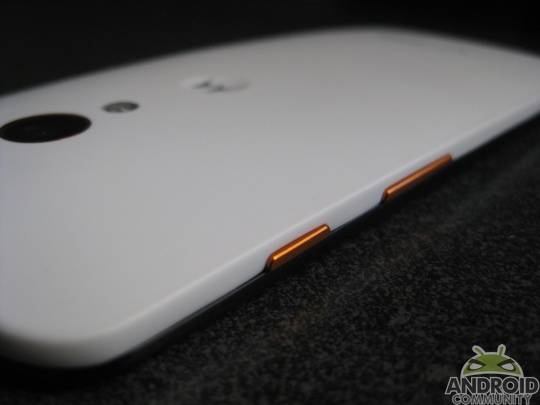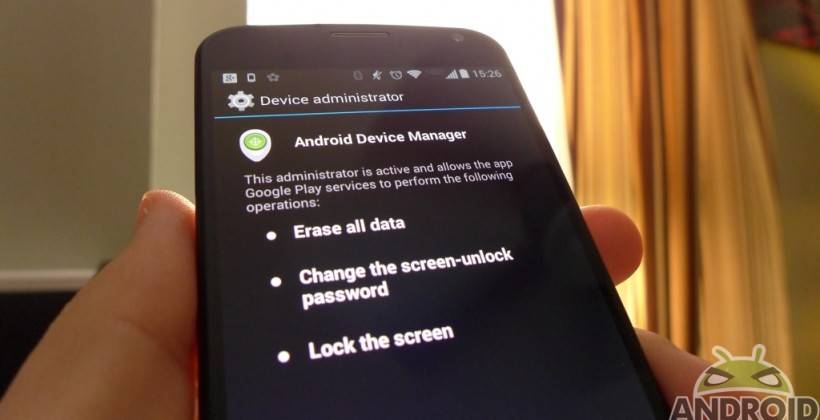
For this latest ‘Android Community Team’ post we are talking about apps that help you manage your device. This can include everything from tools that help you track battery life or manage your storage space. There are also the tools for remote tracking. But putting the examples aside for a moment; as you are about to see — we actually have a pretty mixed opinion on using these tools. One of us avoids them, one of us regularly uses them, and one of us is sort of in the middle and may be headed to using them on a regular basic.
Nate Swanner
So, here’s the thing: I don’t use “file explorers”, and I don’t use SD cards. I don’t necessarily understand the use for them in 2014, to be honest. We’re in an environment where many OEMs leave SD card slots off their device, instead opting for cloud storage — which they do include. I like cloud storage because it syncs across devices and I can access it anywhere, any time. I find keeping files stored locally to be fussy, and it doesn’t work for me in my multiple device world.
For cloud storage, I use Drive almost exclusively. It’s simple for uploads, easy to use, secure, and I can use it across platforms. All I need is a connection to the web, and I can access my files any time. I’ve never found myself needing a file when I didn’t have a connection, and I’m not suspicious of Drive’s security.
Sharing is also incredibly simple, and I’ve never gone wanting with Google’s cloud storage. My pics automatically upload to Google, too, so I’m never going to lament not having a file. I get why people use these types of apps, but it’s a workaround I don’t need or want.
Juan Carlos Torres
I have something to confess. I am not as concerned with CPU, RAM, or battery usage as your regular Android power user. However, I am a bit obsessive-compulsive when it comes to disk space usage. Even when there’s a microSD card present, there will always be occasions when you need to make room for more. For this, I always install two tools in any Android device I get my hands on.

Disk Usage scans your storage, either internal or external SD card, and visually shows you the amount of space they occupy. It doesn’t show it in some fancy pie chart or bar but instead uses horizontally stacked boxes that go deeper into folders as it flows to the right. One advantage of this convention is that you have everything presented to you at a glance, letting you use pinch to zoom to focus in on more specific folders. It even lets you search for files or, if needed, delete them directly from the app itself.
For more fine-grained file management, I turn to ES File Explorer. It is definitely not the prettiest app out there, but I’m willing to sacrifice a bit of beauty in exchange for features. It goes beyond showing you your local files and data. It can let users display and manage files stored remotely, via SSH, FTP, LAN, or even the cloud, with support for services such as Dropbox, Google Drive, Box, and more, as if they were simply local files and folders as well. It even has tools, some of which require other ES apps, that help you manage not just files but your system as well. The App Manager’s backup feature is something more enterprising users might be interested in checking
Robert Nelson
So far we’ve seen two different opinions on device management tools. Nate doesn’t see any need, and JC has a few favorites that see regular use. Me on the other hand, while I pay attention to certain apps for the purpose of being an Android blogger, I tend to avoid using them myself.
In all honestly, I am actually pretty terrible when it comes to device management. I run apps and notifications the way I want, and let battery life suffer. I stream all my media (music and video), which means the only items I have stored on my device are the images I take and the actual apps.
Similar to the battery life, I tend to avoid looking at free vs. used storage and just use my phone the way I want. Sort of an ignorance is bliss situation. Of course, as I recently learned — you can sometimes be surprised. I recently switched from using Slacker Radio to Google Play Music All Access and found storage to be an issue.
This is a time when tools came in handy. It seems a setting in Play Music caused me to quickly fill a bunch of storage space. As it turns out, the app had the “Cache during playback” option checked. This ‘temporarily’ stores music while streaming. And well, an 8 hour listening session added an extra 0.99GB of storage on my device.
Maybe not the biggest number, but as it turns out — even a guy that that relies solely on the cloud can fill a device. That 0.99GB combined with roughly 2.5GB of cache and a 16GB (with much less usable) Moto X can actually be filled up. That all having been said, I’ll admit to not yet having settled on a set of tools, however this does have me reconsidering my decision to live in ignorance.

On another front, there is one tool I feel is a must have — something that can track my device. As someone that is all in with Google and Android, I naturally went to the Android Device Manager setup. And as I ranted about back in early March, it is a setup I try to make sure all my friends and family are using.
We’ve mentioned how we do things — now you can fire away in the comments and let us know how you do things.










I have almost a terrabyte of storage spread across all the most popular services and it is heavily used. I still will NEVER buy a phone WITHOUT an SD card slot (or removeable battery). Any explanation of why a company makes a phone without one,or why you don’t need it, seems to me as incomprehensible as random noise. This is the reason Samsung dominates the market. When other device makers realize this maybe we can have more competition.
ES File Explorer is the first app I install on every Android device. Then I have access to ALL my data, wherever it is stored; on the device, on the local LAN, or in the “cloud”
Cloud storage doesnt beat local storage IMO
I would prefer to have all my files on my device rather than connect to the internet every time i need to access a photo or something else.
Data is not cheap.Plus LTE/3G/WiFi eats battery.
I will not consider a phone w/o an sd card or removable battery. They just want you to pay for cloud storage, and use their services for money. I would rather keep an old phone with these features than a new one without. Screw that action.
ES File Explorer has been on every android device I’ve owned. As for the SD card debate, my only issue is that cloud storage presumes ample data allowances to support that. I only get about 250 meg a month which is quite nice for Ingress but isn’t going to let me stream podcasts and so forth for long. I use WIFI for most data.
Cloud storage is great and I use it but it’s not going to replace on device storage for me in the foreseeable future.